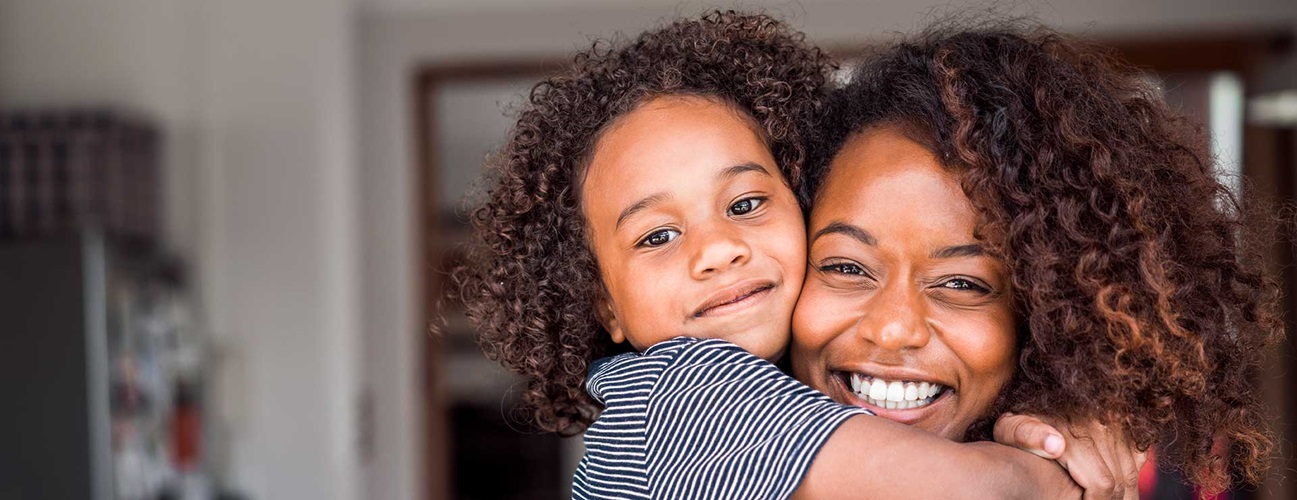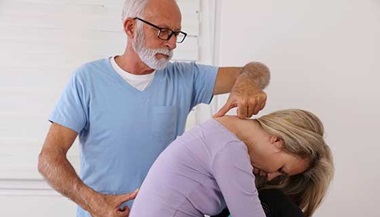5 Facts about Scoliosis Every Parent Should Know
Scoliosis is a common spine condition often found in adolescents. Roughly 3 million new cases of the condition are diagnosed in the United States each year, with a majority of them identified as idiopathic scoliosis — a type of scoliosis that presents in children between 10 to 12 years old.
Below, Paul Sponseller, M.D., pediatric orthopaedic expert and director of the Johns Hopkins Division of Pediatric Orthopaedic Surgery, provides five facts about scoliosis that all parents should know before their child’s next physical.
Early diagnosis is key.
It’s important for parents to make sure their children are receiving regular checkups so that conditions like scoliosis can be diagnosed and managed early. “If scoliosis can be diagnosed before the child has a growth spurt,” says Sponseller, “the provider can determine a treatment plan that prevents a bigger curve from forming during times of growth.”
Common signs of scoliosis include uneven shoulders or hips, but it is generally, a painless condition that may go unnoticed until a routine exam or physical. “Children around the age of 10 to 12 are usually becoming more private,” Sponseller notes, “and parents are no longer involved in activities like bathing or dressing them, when they may have otherwise noticed a change.”
Most cases of scoliosis have no known cause.
Parents: It’s not your fault if your child is diagnosed with scoliosis. “Parents tend to ask what they could have done to prevent scoliosis,” says Sponseller, “but scoliosis is a very interesting disease because there is currently no known cause or prevention method.”
It’s also very common for parents to ask if bad posture or heavy backpacks could have caused their child’s scoliosis. While these two things may be associated with other spine and back conditions, they do not cause scoliosis, Sponseller says.
Scoliosis runs in families.
“When parents hear scoliosis runs in families, they often say, ‘But nobody in our family has it,’” says Sponseller. “But in reality, it’s likely that someone does or did and it went unnoticed because it was a very mild case.” Of course, there are also instances where a child is the first in the family to develop the condition.
Only a small percentage of scoliosis patients require treatment.
“I see a number of patients who automatically assume they will need treatment for their scoliosis, but only a small percentage — about 30 percent — require bracing, and an even smaller percent — about 10 percent — of patients actually require surgery,” Sponseller assures.
If your child is diagnosed with scoliosis, Sponseller says not to be scared. “Scoliosis is a very manageable condition when diagnosed early.” For children who are still growing, an external torso brace can be used to prevent further worsening of scoliosis while the child grows. Even when wearing a brace, most children live normal lives and participate in the same activities as their peers.
Surgery, if needed, has good outcomes.
If your child turns out to be among them, Sponseller — who performs over 150 spine surgeries a year — advises parents that while it may be a hard decision to make on behalf of your child, having surgery sooner rather than later is better. When done early, the surgery tends to be simpler, as less of the spine needs to be fused. Perhaps more importantly, he says, is your child being in good overall health and having the support of his or her family during recovery. Parents should also work with their child’s school to determine a plan for the time the child will miss during recovery — usually one to two months.
Pediatric Scoliosis | Nicholas’ Story
Nicholas was diagnosed with scoliosis at age 3, and by 14, despite bracing, his curve had worsened and required surgery. He and his parents planned the procedure at Johns Hopkins with pediatric orthopaedic surgeon Paul Sponseller, but then the pandemic struck. The family knew that a delay in treatment may allow scoliosis to progress, so they were back as soon as surgeries resumed at Johns Hopkins, reassured by the care team about safety protocols. Several weeks later, Nicholas was home, healthy and practicing his golf swing.






